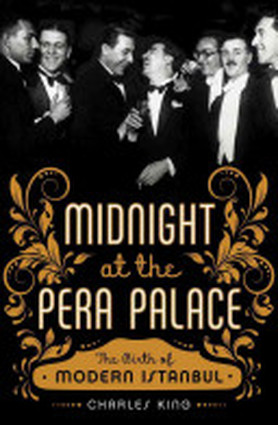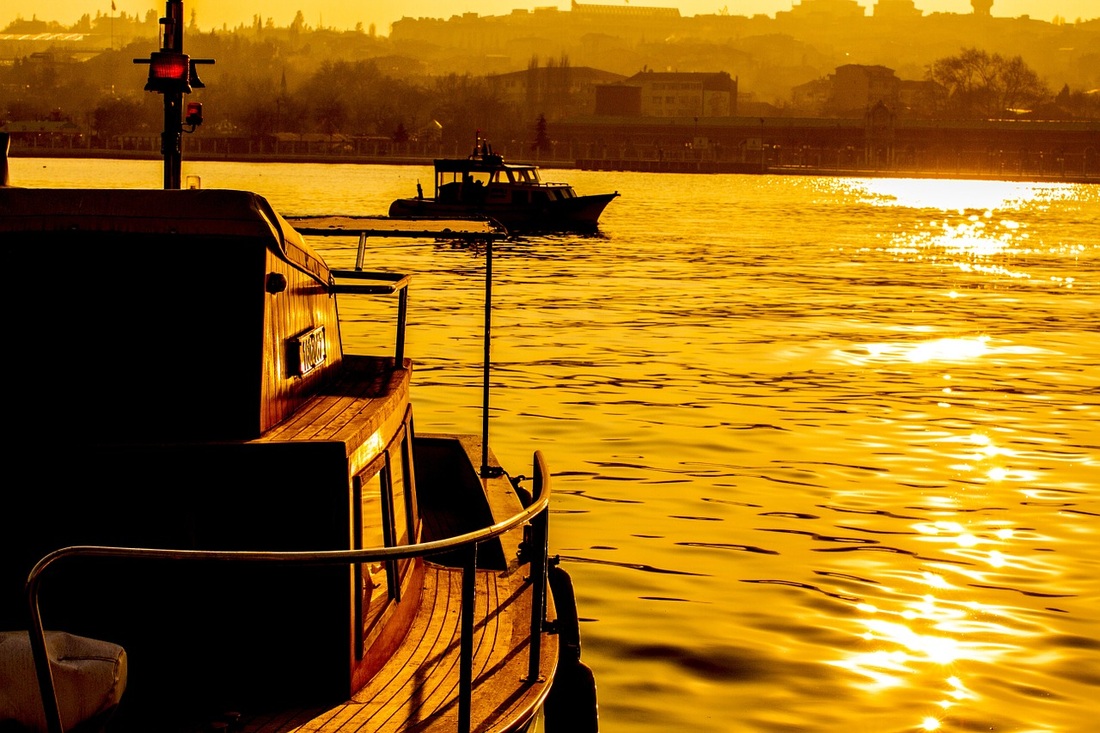|
Midnight at the Pera Palace is a fascinating account of the history of Istanbul and is a must-read for history buffs and fans Istanbul (myself included). Being both Muslim and modern, and straddling two continents (Europe and Asia), Istanbul is a place that has long embodied the ties between the East and the West. Pre-1930 Istanbul was formerly known as Constantinople (named after Roman emperor Constantine the Great, referenced to in the catchy 1950s swing song 'Istanbul, Not Constantinople'. Since history began, it has been a place of intrigue for those looking for somewhere special. Throughout history, Constantinople would witness the rise and fall of several empires (Roman, Byzantine, Ottoman), which has influenced the variety of cultures present in modern day Istanbul. Today, it's a thriving, cosmopolitan city with more than 13,000 inhabitants, making it more populous than two-thirds of the world's countries. Modern shops and hotels blend harmoniously with mosques, making it a truly unique destination. The Pera Palace The Pera Palace was established in 1892 in Pera (then Istanbul's most fashionable neighborhood), to service tourists arriving on the Orient Express. Decades later, it remained part of a community of luxury properties with sister properties in Nice and Monte Carlo that set the benchmark for style and sophistication in its day. During the First World War, Pera Palace was frequented by British and Allied officers, dignataries, journalists, authors and travelers. 'The rich, having made money easily during the war, ate, drank, and enjoyed life to the hilt, buying properties and spending recklessly. The ridiculous styles and dress of the women with their made-up faces, half-exposed breasts and immodest manners occupied my special attention. - Grigoris Balakian, Armenian priest and genocide survivor From 1909-1918, the First World War brought Istanbul to its knees with many men lost in battle. On 13 November 1918, the British, French, Italian and Greek Allies steamed into the Bosphorous, breaking Turkish tyranny, making it the 'largest and deadliest contingent of armed foreign vessels ever to reach the city'. The newcomers aimed to spread Christianity in favour of Muslim beliefs, leaving many Muslims heartbroken as they didn't want to abandon their traditions. M.M. Carus Wilson, a British lieutenant at the time, said: 'A walk is a continual kaleidoscope of the nations...' By 1919 Pera Palace established itself as a place where 'foreign officers and businessmen are feted by unsrupulous Levantine adventurers and drink and dance with fallen Russian princesses or with Greek and Armenian girls whose morals are as flimsy as their gowns.' In 1920, the Russian Civil War drove 860,000 Russian refugees to Istanbul, many of which graced the doors of Pera Palace. Second-hand shops in Pera were filled with past lives being sold on consignment (silver, china, linens). Tents were set up outside Pera Palace to provide a makeshift university for hundreds of Russian students, with members of the prestigious Russian Imperial Acadamey verifying the student's examinations. By 1923, Pera Palace became state owned in efforts to recoup some of the unpaid taxes from its previous owner. It wasn't until 1928, that it saw a new owner in its possession - businessman Musbah Muhayyes. It was also at this time (after the Allied occupation), that Greek, Jewish and Armenian immigrants fled the city to return to their homelands, leaving their possessions behind, creating a windfall for the Turks that remained in the city. During this time, Pera Palace was a hub of artistic creativity, hosting a variety of performances in its garden bar, which brought art lovers and pleasure seekers together during the jazzy roaring 20s, which saw a boom in the alcohol industry and an increase in indulgence in narcotics. By the 1940s and 1950s, business started to wane as guests sought more modern alternatives. In the 1970s, the hotel witnessed another burst in popularity after a California psychic revealed a vision that Agatha Christie (a former guest at the hotel in its heyday), had left a deep secret hidden in Room 411 of the Pera Palace, which transpired to be a fabrication. In 2006, the hotel was closed for a 23 million Euros restoration project. The newly refurbished hotel reopened its doors on September 1, 2010. Today, Istanbul remains a melting pot of nations including Jews, Muslims, Greeks, Romans, Armenians and Russians, all practicing their religions and customs, creating a multi-cultural haven for many.
In 2013, a sub-Bospherous metro line meant it was the first time in history that anyone could make an inter-continental journey entirely by dry land. It's hard to believe that the original journey by Orient Express took 81 hours (including 15 hours on the Black Sea) - not a journey for the fainthearted. Visiting the Pera Palace Hotel The Pera Palace Hotel is located in the Tepebaşı neighbourhood of Pera, once known as "Little Europe". It is about 20 km fromAtatürk International Airport. The hotel is in walking distance of Istiklal Avenue and Taksim Square. Ensure that you visit the Atatürk Room or ‘Museum Room’, with many personal items and reading material of the great leaderMustafa Kemal Atatürk exhibited to the public. For hotel bookings, visit Bookings.com. A.A. Miln
0 Comments
Leave a Reply. |
BooksOne of the greatest luxuries of all is having the time to relax with a great book. Archives
March 2021
Categories
All
|




 RSS Feed
RSS Feed